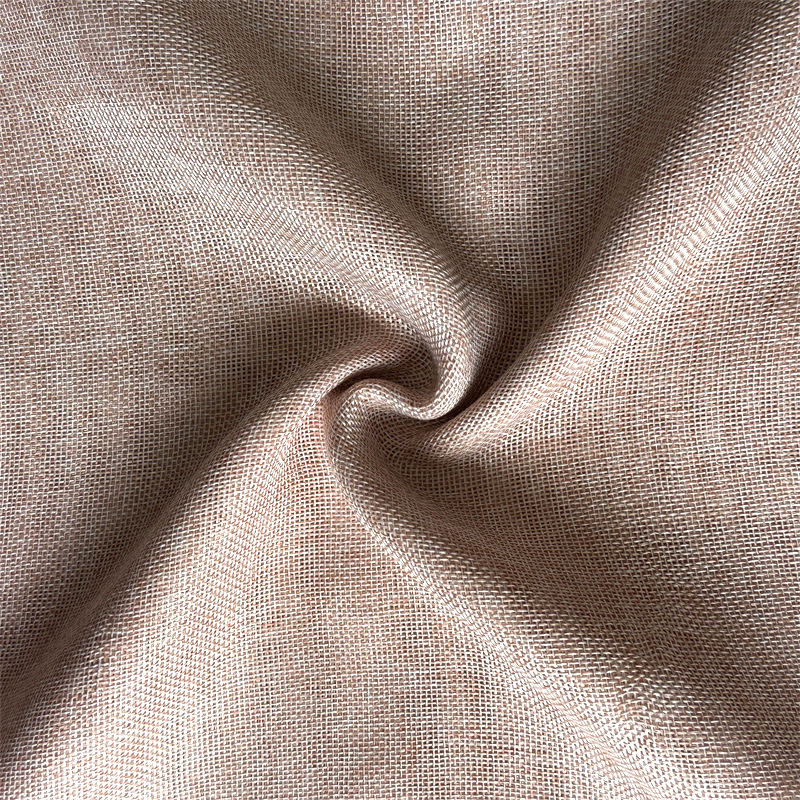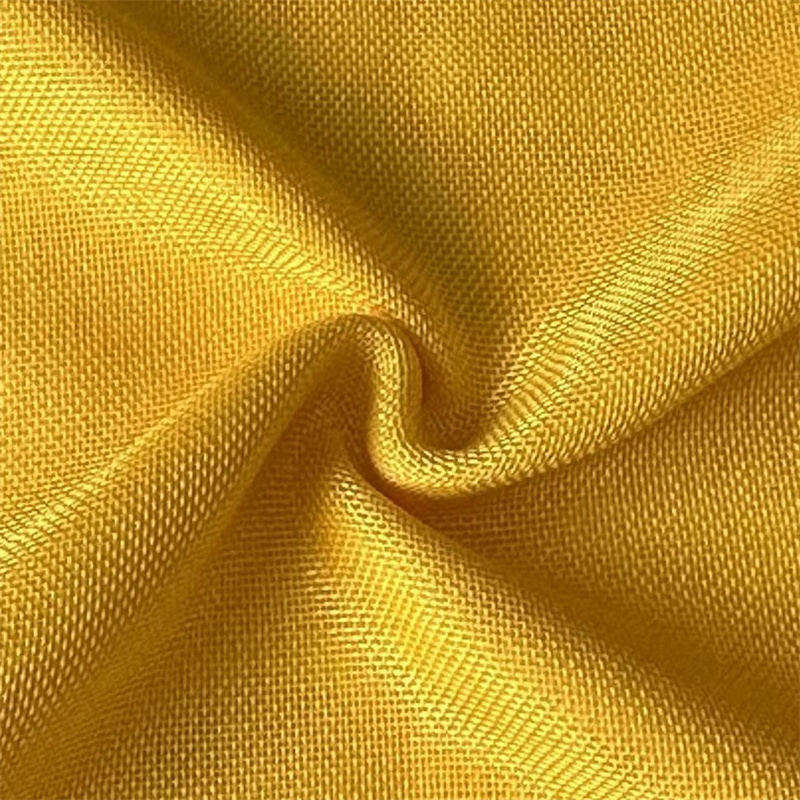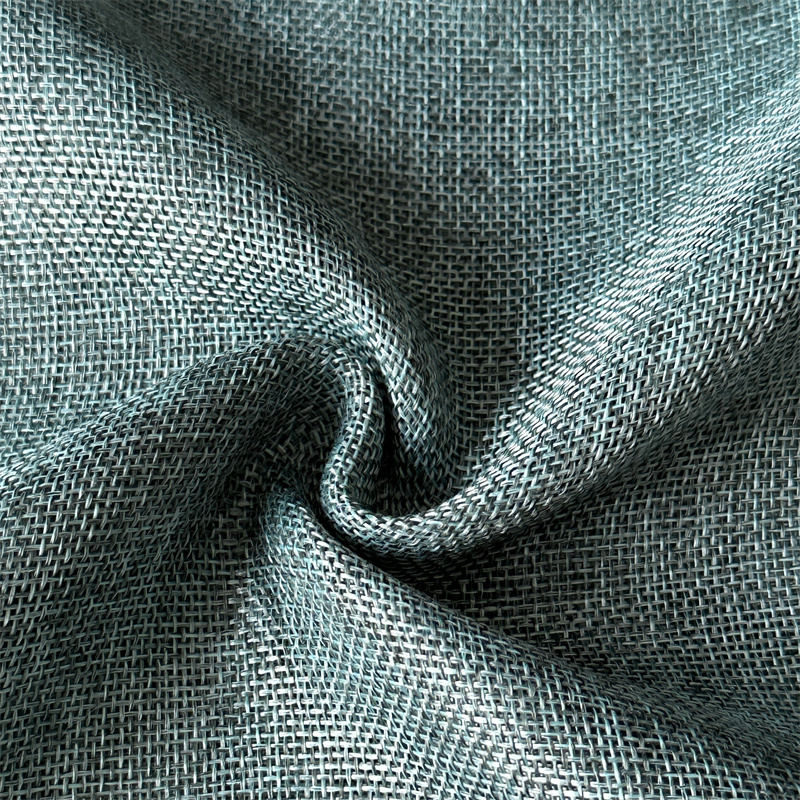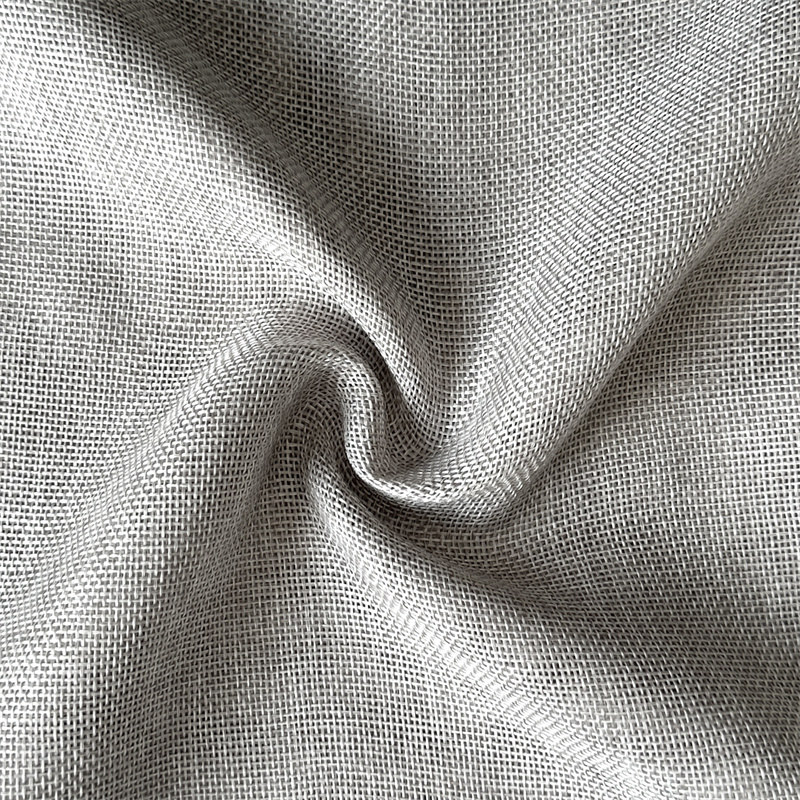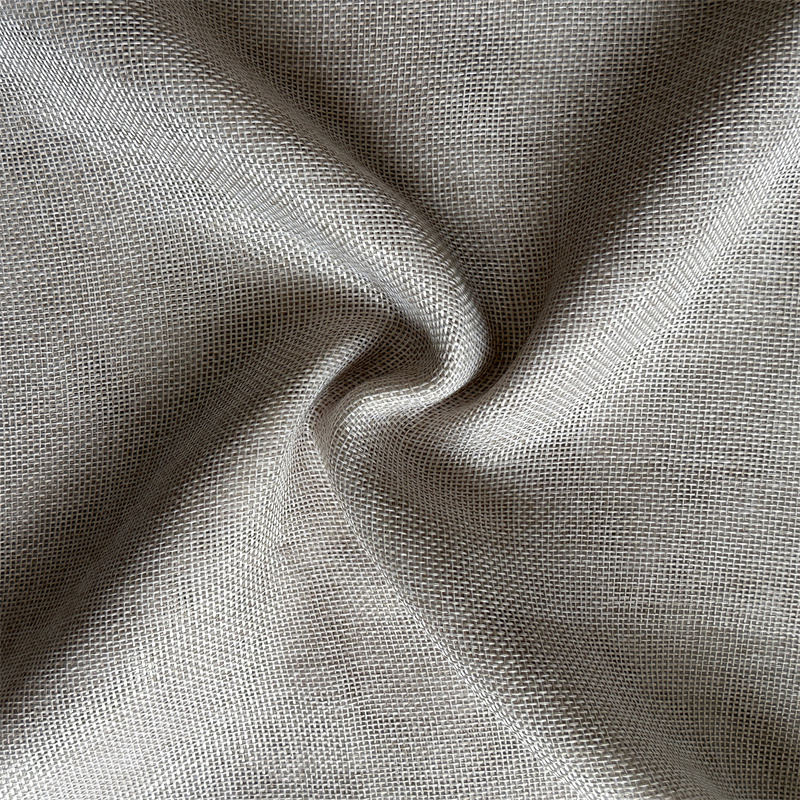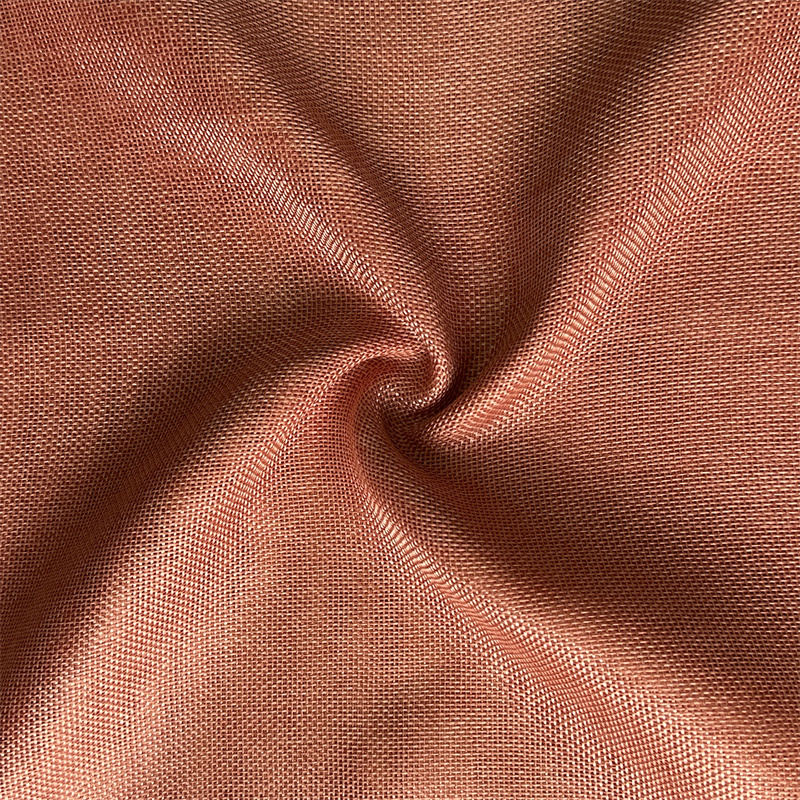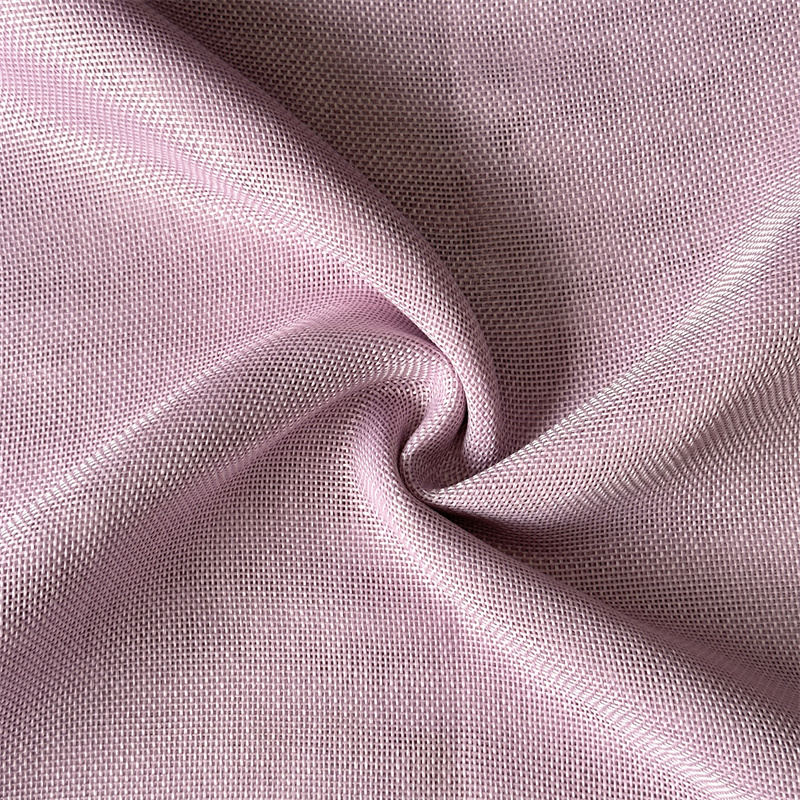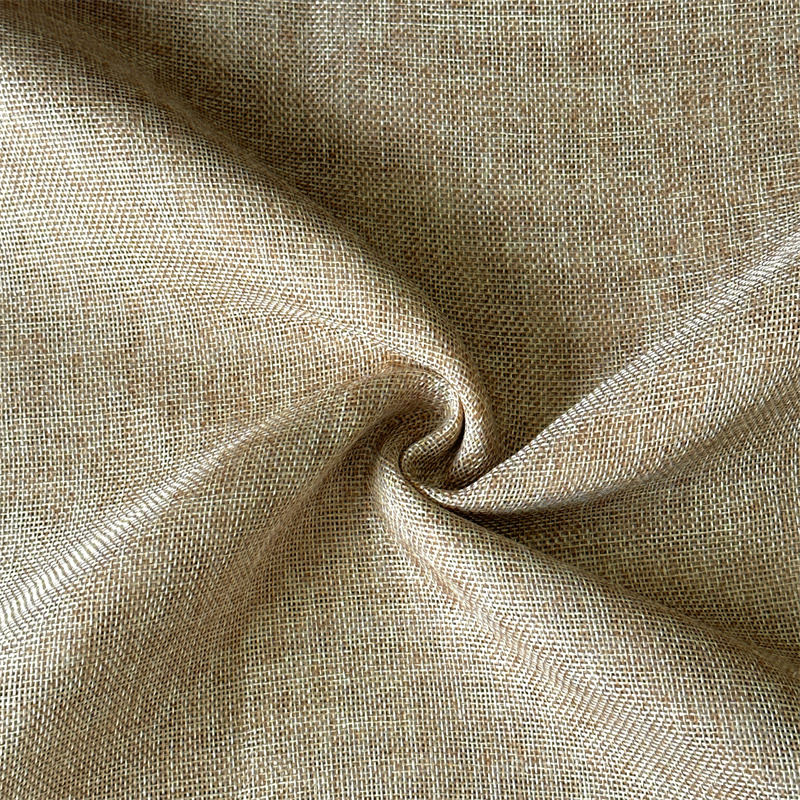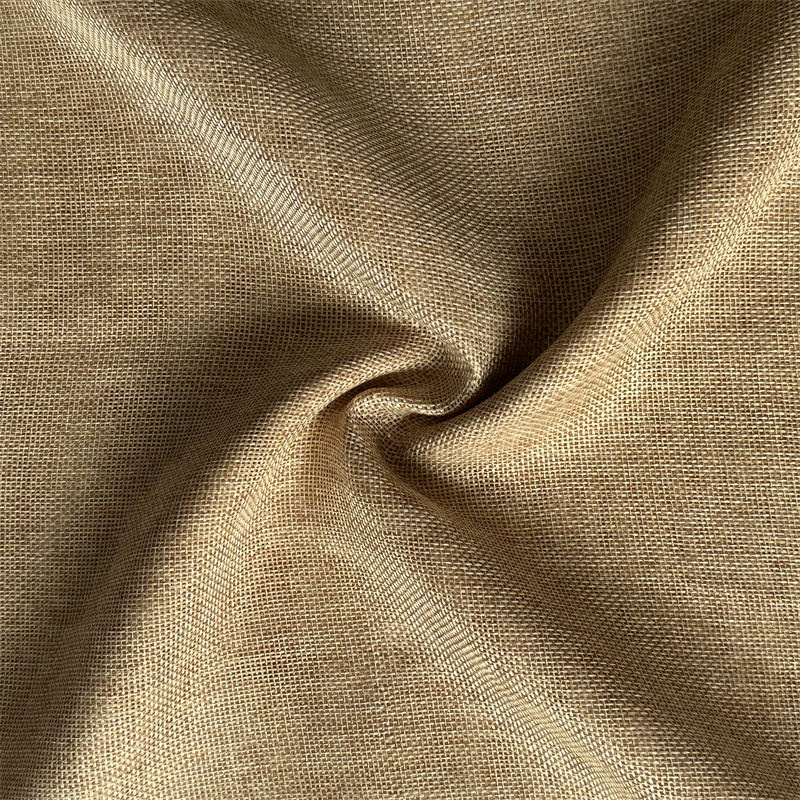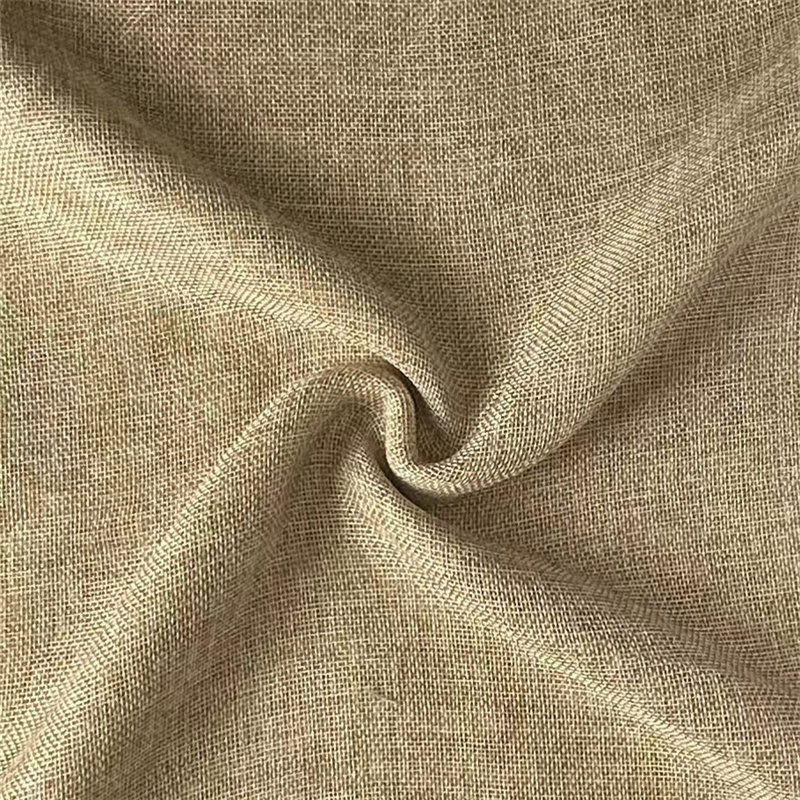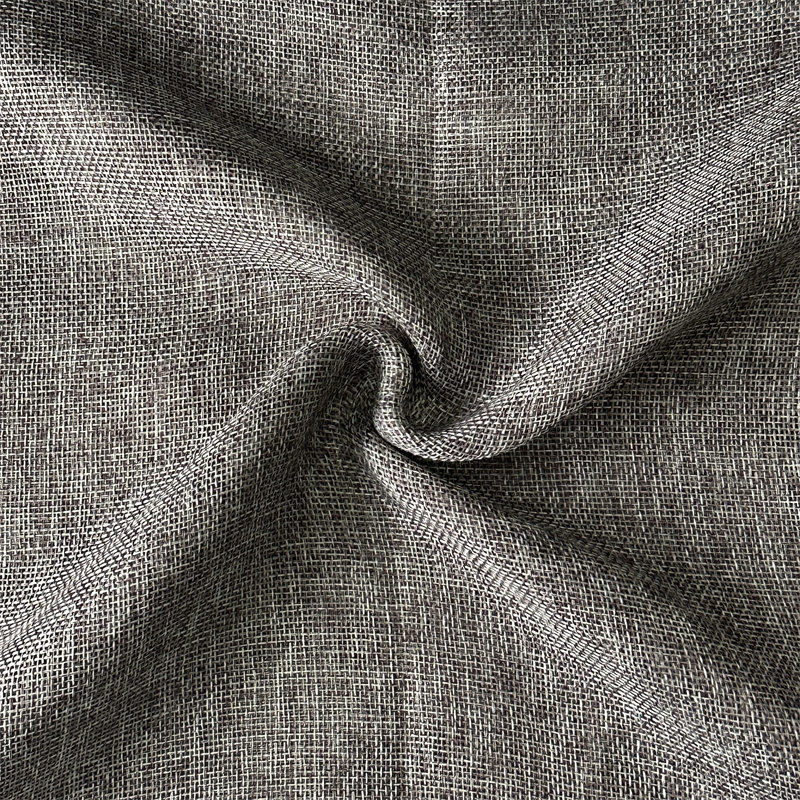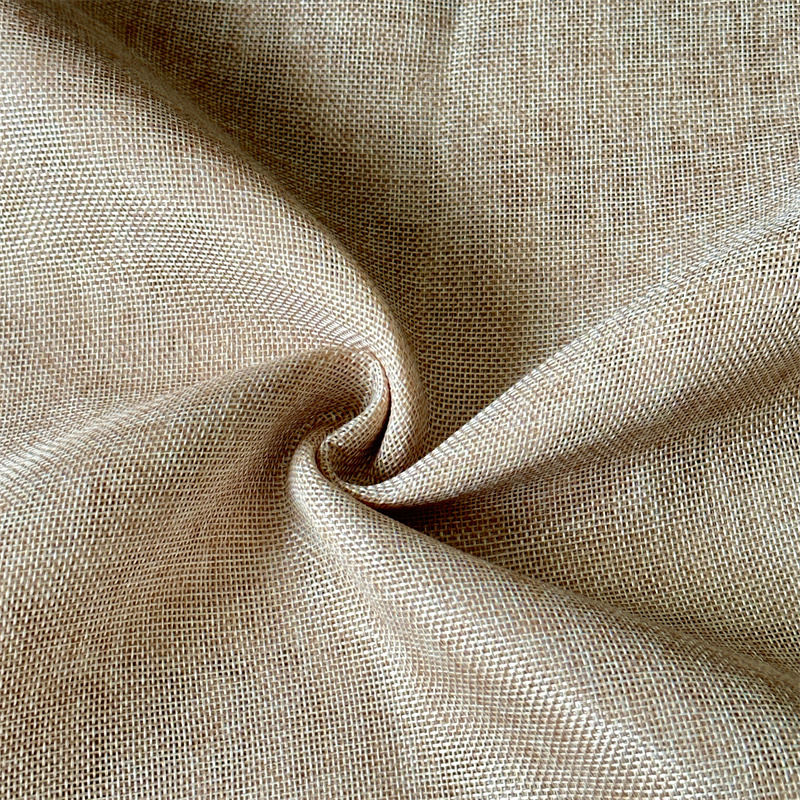Imitation silk fabric, often referred to as artificial silk or faux silk, has been a staple in the textile industry for decades. Designed to replicate the luxurious look and feel of natural silk, imitation silk is favored for its affordability, durability, and versatility. Unlike natural silk, which is derived from silkworms, imitation silk is produced from synthetic or regenerated fibers such as polyester, rayon (viscose), nylon, and acetate. These fabrics offer a wide range of textures, finishes, and applications, making them suitable for fashion, home textiles, and decorative purposes. This article explores the different types of imitation silk fabrics, highlighting their unique characteristics, advantages, and typical uses.
1. Polyester Silk: Durability Meets Affordability
Polyester silk, sometimes called poly silk, is one of the most commonly used types of imitation silk. Made entirely from polyester fibers, this fabric is designed to mimic the smooth surface, sheen, and drape of natural silk while offering improved durability.
Key Characteristics:
- Luster: Polyester silk has a bright, consistent shine that closely resembles raw silk.
- Strength: It is strong and resistant to tearing or stretching, making it ideal for garments that undergo frequent wear.
- Wrinkle Resistance: Unlike natural silk, polyester silk resists wrinkles and maintains a smooth appearance even after long periods of use.
- Ease of Care: Polyester silk is machine washable and dries quickly, unlike delicate natural silk, which often requires hand washing or dry cleaning.
Common Applications: Evening dresses, blouses, scarves, curtains, and linings. Polyester silk is particularly popular in affordable luxury fashion due to its silky look without high cost.
2. Rayon (Viscose) Silk: Softness and Breathability
Rayon silk, also called viscose silk, is a regenerated fiber made from cellulose extracted from wood pulp. It is one of the earliest forms of imitation silk and is known for its soft, smooth hand feel.
Key Characteristics:
- Softness: Rayon has a soft, draping quality that closely mimics the feel of natural silk.
- Breathability: The cellulose-based fibers allow better air circulation, making rayon silk more comfortable in warm weather.
- Dye Affinity: Rayon absorbs dyes easily, producing vibrant and rich colors.
- Moderate Strength: While softer and more breathable than polyester, rayon is less durable and can shrink if not properly cared for.
Common Applications: Summer dresses, shirts, blouses, lingerie, and decorative home textiles. Rayon silk is favored for designs requiring a flowing, elegant drape that captures the natural movement of silk.
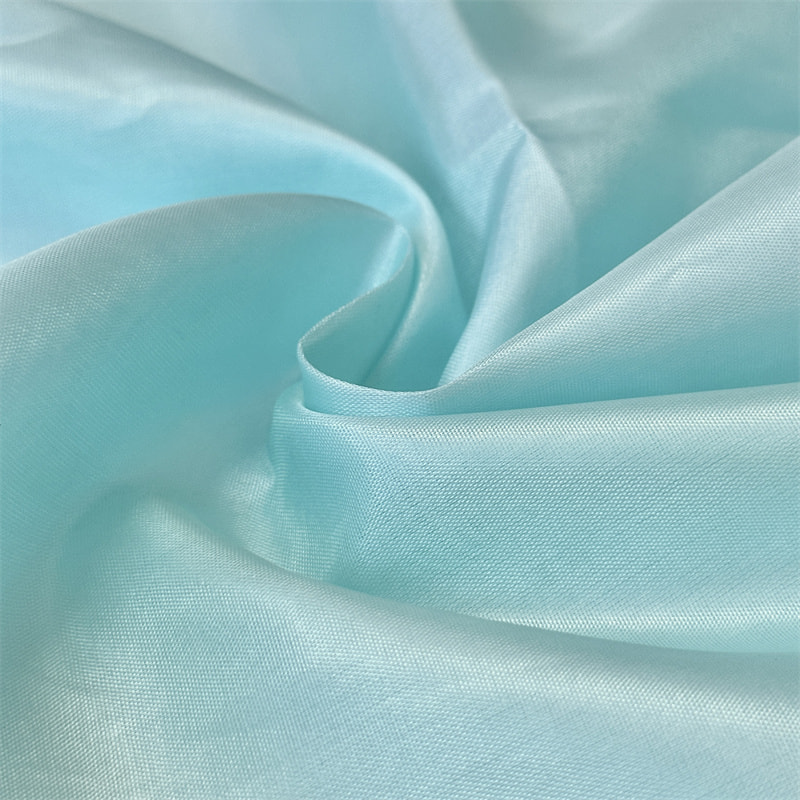
3. Acetate Silk: Glossy and Lustrous Elegance
Acetate silk is another type of imitation silk made from cellulose acetate fibers. Known for its high shine and luxurious appearance, acetate silk is often used in formal wear and linings.
Key Characteristics:
- High Luster: Acetate silk has a mirror-like sheen that makes it ideal for eveningwear and ceremonial garments.
- Softness: Smooth and comfortable against the skin, though slightly less durable than polyester silk.
- Wrinkle Resistance: Acetate is relatively wrinkle-resistant but may lose shape under heat.
- Dyeing Capability: The fabric takes dye well, allowing for vivid, bright colors.
Common Applications: Evening gowns, bridal wear, scarves, ties, and linings. Acetate silk is often chosen for its glamorous shine rather than heavy-duty usage.
4. Nylon Silk: Lightweight and Resilient
Nylon silk, produced from synthetic nylon fibers, is valued for its lightweight feel and strength. It is less commonly used than polyester or rayon but is favored in specific applications where elasticity and resilience are required.
Key Characteristics:
- Strength and Elasticity: Nylon silk can withstand stretching and repeated wear without losing shape.
- Smooth Texture: Soft and silky to the touch, offering a polished look.
- Quick Drying: Nylon dries rapidly and resists mildew, making it suitable for humid environments.
- Moderate Sheen: The luster is less natural compared to polyester or acetate but still attractive.
Common Applications: Lingerie, athletic wear, linings, and lightweight dresses. Nylon silk is ideal for products where durability and quick-drying properties are essential.
5. Blended Silk Fabrics: Combining Strength and Elegance
Blending imitation silk fibers with other fibers, such as cotton, wool, or spandex, creates fabrics with enhanced performance and comfort. These blended fabrics combine the luxurious appearance of silk with the functional benefits of other fibers.
Key Characteristics:
- Enhanced Durability: Blends are stronger and more resistant to tearing than pure rayon or acetate silk.
- Improved Stretch and Comfort: Adding spandex or elastane gives garments flexibility and better fit.
- Varied Texture: Blending allows designers to create matte, glossy, or textured effects.
- Cost-Effective: Blends reduce production costs while maintaining a silk-like feel.
Common Applications: Casual wear, fashion accessories, home textiles, and tailored garments. Blended imitation silk is a versatile option for designers seeking balance between elegance and functionality.
6. Unique Finishes and Treatments
Imitation silk fabrics often undergo special finishing treatments to enhance their appearance, texture, or performance:
- Matte Finish: Reduces gloss for a more subtle, understated look.
- Crepe Finish: Adds texture and slightly rougher hand-feel, commonly used in flowing dresses.
- Satin Finish: Produces a smooth, glossy surface for high-end eveningwear.
- Embossing and Jacquard: Creates patterns and designs without compromising drape.
- Digital Printing: Offers intricate patterns and vibrant color effects while preserving the silk-like texture.
These finishes allow imitation silk to cater to a wide variety of aesthetic preferences and functional requirements.
7. Advantages of Imitation Silk Fabrics
Across its various types, imitation silk offers several advantages over natural silk:
- Affordability: Significantly lower cost compared to natural silk.
- Durability: Synthetic fibers such as polyester and nylon are stronger and more resistant to wear and tear.
- Versatility: Can be used in fashion, home textiles, and decorative applications.
- Ease of Care: Machine washable and less prone to shrinkage or staining.
- Sustainability Options: Some imitation silks, such as rayon and PLA blends, use renewable or biodegradable materials.
These advantages make imitation silk an attractive option for both mass-market and designer products.
8. Conclusion
Imitation silk fabrics encompass a wide range of synthetic and regenerated fibers, each with unique characteristics that cater to different applications. Polyester silk offers durability and easy care, rayon silk provides soft drape and breathability, acetate silk delivers high gloss and luxury, and nylon silk brings elasticity and resilience. Blended imitation silks expand design possibilities, offering strength, comfort, and diverse textures.
By carefully selecting the appropriate type of imitation silk, designers and manufacturers can replicate the elegance of natural silk while optimizing cost, performance, and functionality. Whether used in fashion apparel, home textiles, or decorative products, imitation silk continues to be a versatile, practical, and stylish alternative to natural silk, meeting the evolving demands of modern consumers.


 中文简体
中文简体 Español
Español